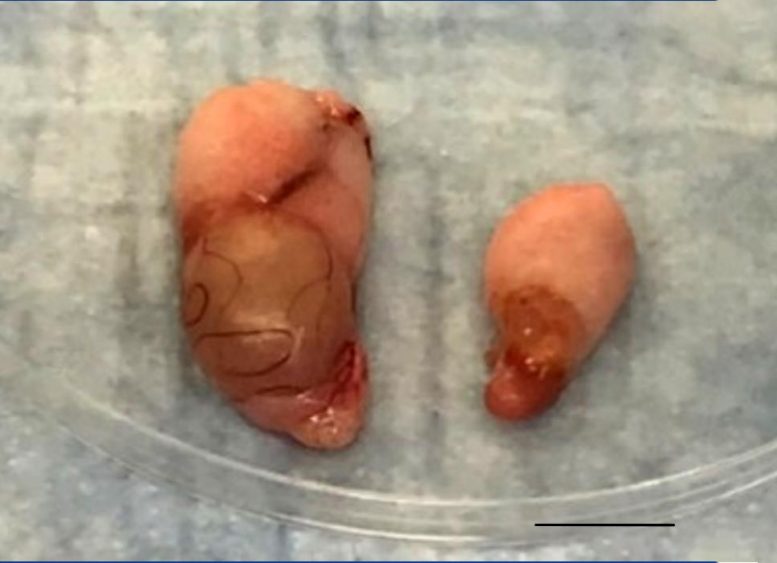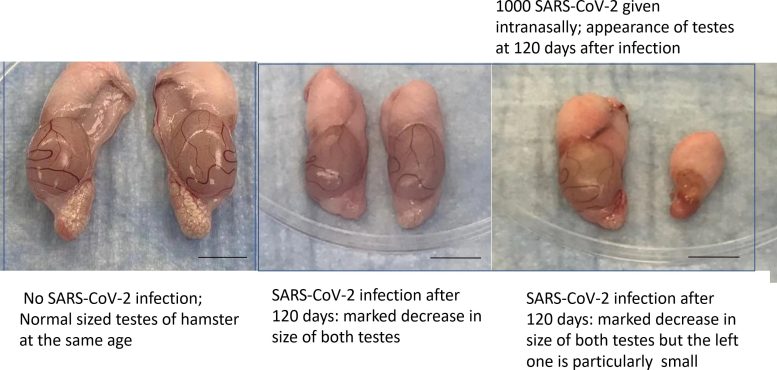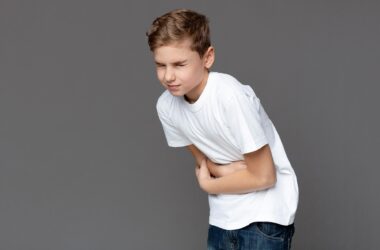Des chercheurs du département de microbiologie de l’Université de Hong Kong (HKU) ont découvert que le virus COVID19 peut provoquer des lésions testiculaires aiguës, une atrophie testiculaire asymétrique chronique et des modifications hormonales chez les hamsters, malgré une légère pneumonie.
“Dans la gestion des convalescents COVID-19 males, it is important to be aware of possible hypogonadism (low sex drive) and subfertility,” said Chair of Infectious Diseases Professor Kwok-yung Yuen, who led the research effort. “ COVID-19 vaccination can prevent this complication.”
The HKU study of testicular damage of the virus, SARS-CoV-2, has been accepted for publication in the leading journal Clinical Infectious Diseases.
Previous studies have reported testicular pain in COVID-19 patients. One autopsy study of males who died from COVID-19 showed orchitis with lots of testicular cell damage, but SARS -CoV-2 was not consistently found in semen specimens.
The HKU team investigated the testicular and hormonal changes of hamsters infected by virus given through the intranasal or direct testicular route using the influenza virus in the control group. The research finds that virus-infected hamsters developed self-limiting pneumonia. But even intranasal SARS-CoV-2 challenge caused acute decrease in sperm count, and serum testosterone starting from the 4 to 7 days. The SARS-CoV-2 infected hamsters developed testicular atrophy with reduced testicular size and weight. The serum sex hormone level was markedly reduced at 42 to 120 days after infection (dpi). Acute testicular inflammation, haemorrhage, and necrosis of seminiferous tubules, and disruption of spermatogenesis were seen.
From 7 to 120 dpi, the inflammation, degeneration, and necrosis of testicular tissue persisted. Intranasal challenge with Omicron and Delta variants were found to induce similar testicular changes. These testicular damages can be prevented by vaccination.
The control group of hamsters challenged by influenza A virus given intranasally or intra-testicularly showed no testicular infection or damage.
Reference: “Severe acute respiratory syndrome coronavirus 2 (SARS-CoV-2) infections by intranasal or testicular inoculation induces testicular damage preventable by vaccination in golden Syrian hamsters” by Can Li, Zhanhong Ye, Anna Jin-Xia Zhang, Jasper Fuk-Woo Chan, Wenchen Song, Feifei Liu, Yanxia Chen, Mike Yat-Wah Kwan, Andrew Chak-Yiu Lee, Yan Zhao, Bosco Ho-Yin Wong, Cyril Chik-Yan Yip, Jian-Piao Cai, David Christopher Lung, Siddharth Sridhar, Dongyan Jin, Hin Chu, Kelvin Kai-Wang To and Kwok-Yung Yuen, Accepted, Clinical Infectious Diseases.
PDF






